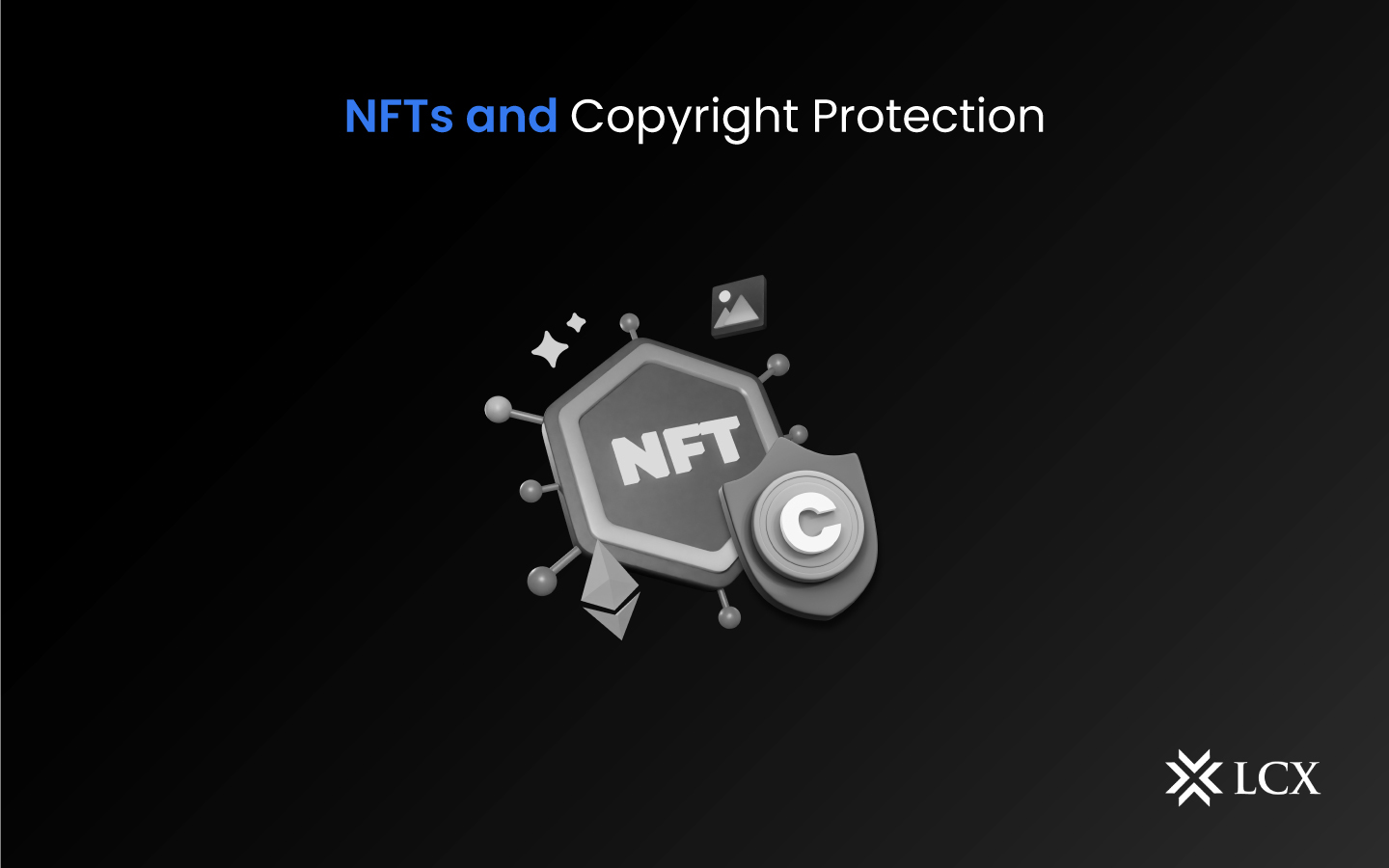NFTs: Digital Assets and Their Copyright Protection

NFT corresponds to the acquisition of an original work of art. This means that the person who buys it acknowledges legal ownership of the digital asset in the same way as a physical painting. On the other hand, they will not own the copyright. Everything, including the Internet, is prone to getting a little confusing. However, the use of NFTs raises concerns about how copyright law applies to digital property and what new challenges this technology poses.
Ownership of an NFT
Copyright and ownership of the art on which the NFT is based is different from ownership of the NFT itself. NFT is the property of the individual who characterizes it. In practice, it is therefore not always the holder of the NFT who is the author of the works. However, imprinting an NFT for someone else who owns the rights would amount to theft and would be considered a copyright infringement. Therefore, before an NFT is minted, the creator must have the legal right to do so, either by being the creator of the digital asset, acquiring the copyright to the NFT, or acquiring the specific rights to mint the NFT.
NFT trades and buyer rights
Most often, non-fungible tokens are sold at auction when the seller believes that the NFT is in demand and that buyers will pay a very high price for it. Similarly, sellers can advertise their NFT on the marketplace for a fixed price and sell it to a buyer for that price. Because the majority of NFTs are constructed on the Ethereum blockchain, the sale and purchase of all NFTs typically occurs through a marketplace, with transactions conducted in Ethereum cryptocurrency. The value of NFTs is derived from the uniqueness they symbolize. If the NFT is an exceptionally rare work, the value increases and the seller can ask for a higher price. However, market conditions, such as demand and the hype surrounding a particular NFT, ultimately determine the NFT’s value.
When you buy an NFT, the buyer is really buying the metadata of the original work and not the underlying or associated rights. How specifically can the buyer use NFT? When acquiring an NFT, the buyer becomes the NFT’s owner and acquires a mutually exclusive license to store the NFT in their digital wallet. However, this privilege is limited to personal use and the buyer cannot promote it by displaying the work on a third party website or product.
Depending on what the licensee decides to sell, the buyer’s use of the underlying work may be unlimited with minimal restrictions. However, given the nature of the rights attached to an NFT, the buyer’s use is usually very limited. CryptoKitties are non-fungible tokens where the owner has the right to promote the featured artwork, or “kitty” as long as the resulting annual revenue does not exceed US$100,000.
The transfer of an NFT is always accompanied by a “smart contract”, which is a code-based agreement between the parties stored on the blockchain. The NFTs are stored in the distributed digital ledger blockchain, which simultaneously generates a digital signature and enables monitoring of the NFTs’ ownership. During a transaction, the smart contract facilitates the transfer of NFTs and identifies their owners. While smart contracts are essential for identifying ownership of NFTs, they can be difficult to modify or standardize, which is also an advantage. This is sometimes negative for both parties because the terms and conditions of the sale of NFTs cannot always be coded to their satisfaction.
It is unusual to discover cryptographic licenses for NFTs in the form of smart contracts. However, it is common practice for sellers of non-financial assets (NFAs) to have a list of terms and conditions that are standard for all potential buyers of their NFAs. On the marketplace where the NFTs are sold, a link to these terms and conditions is displayed; as a result, all buyers of NFTs listed on that marketplace are bound to comply with these terms and conditions.
However, when it comes to the ownership rights of an NFT, Tiamonds – asset-backed diamond NFTs give full ownership of the NFTs to the buyer, along with real diamonds certified by the Gemological Institute of America (GIA) and LCX certificates.
Learn more: Tiamonds.com
Conclusion
In the ongoing conflict between copyright law and technology, non-fungible tokens represent a new advance. Digital assets offer creators and collectors both new challenges and opportunities to own and make money from digital assets. As the proliferation of NFTs increases, it will be fascinating to observe how copyright law adapts to this new technology and how creators and buyers navigate the legal landscape of digital ownership.























